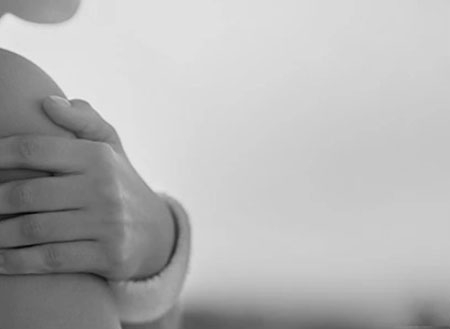
Ahhh, baseball season: the smack of the bat, the infield dirt swirling in the air as the center fielder tries to throw out a man at the plate, the hot dogs, the peanuts, the umpire yelling, “Play Ball,” and that ole’ rotary cup acting up trying to keep pace with the excitement.
Did you know that the so often referenced rotary cup is not actually a rotary cup at all? The structure is called a rotator cuff and is a combination of four muscles all working together to provide strength and stability to the shoulder. The rotator cuff consists of the supraspinatus, infraspinatus, teres minor, and subscapularis muscles and their associated tendons. These four muscles surround the glenohumeral joint of the shoulder and allow it to be the ball-and-socket joint it was meant to be while still holding the bones in their appropriate position.
The shoulders naturally sustain a lot of wear and tear during our normal daily activities. The makeup of the joint allows us to reach in front of ourselves to grip a steering wheel, reach that beloved family heirloom Christmas platter on the top shelf of the cabinet, and reach behind our back to scratch the infuriating itch between the shoulder blades. A normally functioning shoulder does all of the activities without complaint, but damage can be sustained over time that subsequently makes performing each of these motions uncomfortable or maybe even impossible to manage. Small degenerative tears of one or multiple rotator cuff muscles can often be treated non-surgically with a combination of anti-inflammatory medications in addition to physical therapy. Diligently performing the appropriate exercises and stretches that keep the rotator cuff musculature functioning properly is vital to the overall health of the shoulder.
Overuse of the shoulder, often times the dominant arm, can result in tendinitis of one of the rotator cuff muscles. Your doctor may offer you a cortisone injection to help calm down the inflamed tendon in conjunction with physical therapy to get the overused shoulder working properly once again. After all, all four of the muscles must work together for the shoulder to perform its job.
Sometimes more significant damage can occur to the rotator cuff because of an acute injury to the area. If the result is a full-thickness tear of one or more of the rotator cuff muscles, often times surgical management is necessary to restore function. After reviewing your bony anatomy with an x-ray, an MRI will ultimately reveal the extent of damage to the rotator cuff and assist with surgical planning. The surgery performed depends on several factors such as age, bone heath, activity level, and history of rotator cuff pathology. Your doctor will determine what the most appropriate surgery is for your long-term goals.
If you struggle with ongoing shoulder pain or can no longer reach behind to buckle your seatbelt or miss playing catch in the backyard with your kids, call our office today to set up an appointment with one of our board-certified physicians for a consult! Regardless of whether it is slowing you down at work, at home, or in sports, let one of our shoulder experts get you back to the activities you love. Afterall, baseball season is here! Worry not, we treat Chicago Cubs and Milwaukee Brewers fans alike!
This blog is written by one of our very own-Morgan. She is a certified athletic trainer working as a medical assistant with our providers each and every day in our clinic. She obtained a bachelor's degree in athletic training from Carroll University in Waukesha and a master's degree in Kinesiology from Michigan State University. She is excited to bring you updates and information about the happenings at OAW.

